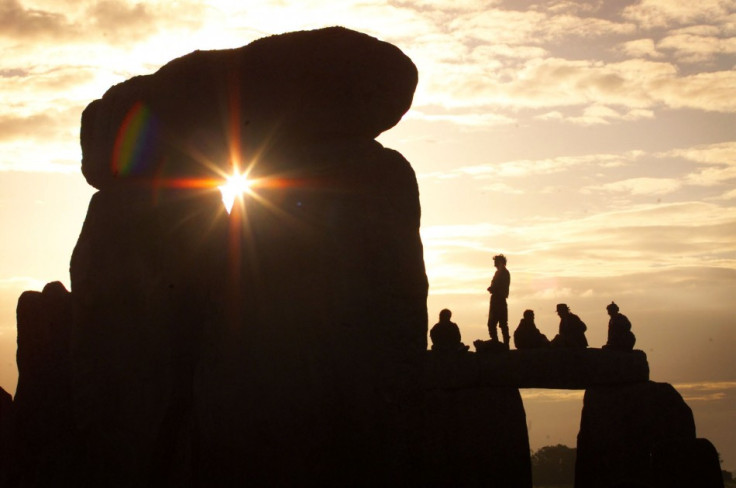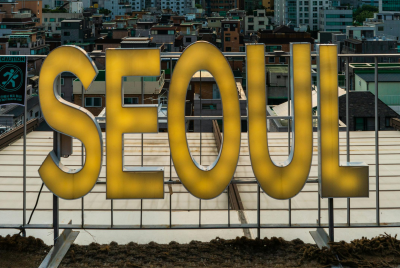Holy Stonehenge 'More Sacred' Than Realised: Study

New research claims to have unravelled the secret history behind the construction of Stonehenge and found evidence linking the archaeological marvel to prehistoric solar-based religious beliefs. There is also the possibility of Stonehenge having been a sacred symbol at least 500 years earlier than realized.
A report published in the Independent states that the monument, declared a World Heritage Site by UNESCO, dated back to 3100 B.C. and may even have been an important sacred site 500 years before the first stone circle was erected. The research suggests that the layout of the site's key aspect must have been determined by the "holy and sacred" nature of the site and could have been associated with the worship of the Sun.
The study, conducted by archaeologists from the University of Birmingham and their colleagues from the Ludwig Boltzmann Institute in Vienna, led to the reconstruction of religious or ritualistic events that may have taken place north of Stonehenge. The researchers are now trying to demystify the particular route of similar events, which may prove to be the key in learning more about them.
The new evidence was reportedly found when the ground was being scanned by ground-penetrating radar and other geophysical investigative techniques. The team discovered two pits while mapping the interior of Cursus, a pre-historic enclosure near Stonehenge. According to the Independent's report, the researchers found one pit towards the eastern end of the enclosure and another near the western end.
The researchers then considered the dynamics between the Cursus pits, the discovery of solar alignments and other data, with the help of computers, to find that the pits were aligned with sunrise, midday and sunset, on the longest day of each year.
The archaeologists were speculating on the kind of ritual or ceremony which may have taken place at or between the two pits in Cursus. Initial theories suggested that pre-historic sun worshippers would have walked around the perimeter of the Cursus.
In order to test their idea, the archaeologists probed into connections between Stonehenge and the noon point, or mid-day. The results suggested, remarkably, that the noon point aligned directly with the centre of Stonehenge, which was precisely due south.
A number of other significant discoveries were simultaneously realized - the Sun's position over Stonehenge, at its highest point in the year, was important for prehistoric people, the Stonehenge site was probably more sacred before the construction of Cursus and the sun worshippers had a stronger link to the site than previously thought.
According to Dr. Henry Chapman, an archaeologist from the University of Birmingham, modern archaeological ideas consider Stonehenge a relatively late entry in the annals of the subject. However, the fresh evidence suggests that it was sacred well before Cursus. Chapman has been modeling the alignments on computerized reconstructions of the Stonehenge landscape.
The research also suggests that the "due south" noon alignment of the ritualistic route's mid-point would not have been a possibility if the Cursus had a change in design or dimension to achieve the mid-point alignment with the centre of Stonehenge. If the alignment was understood from the Heel Stone, the research also states the location had to have been of ritual significance before the Cursus pits were dug.
Although archaeologists found the Mesolithic-era postholes (under the car parking grounds opposite the Stonehenge site) approximately 45 years back, they had not considered the "sacred continuity" link between the two. Now, however, they believe there is a distinct possibility the two are so connected.
The project, known as "The University of Birmingham Stonehenge Area Survey", is believed to be the largest survey of its kind ever to be carried out and is expected to take another couple of years to complete, explained Professor Vince Gaffney, the project's Director.
According to the report, Prof. Gaffney said virtually every square meter in a five square mile area surrounding the world's most famous prehistoric monument will be examined geophysically, to a depth of up to two meters. During the process, archaeologists are anticipating the unearthing of potentially hundreds of previously unknown sites.
© Copyright IBTimes 2025. All rights reserved.





















